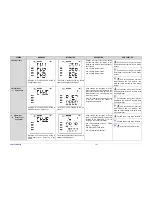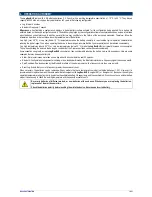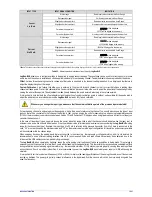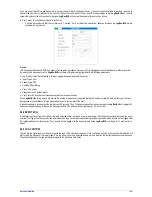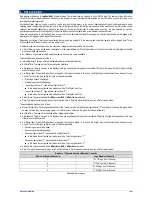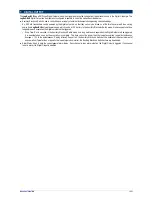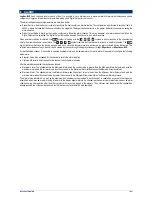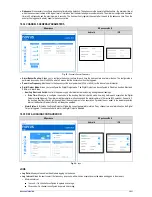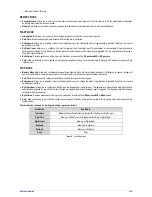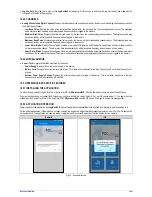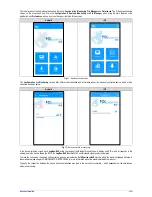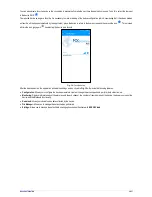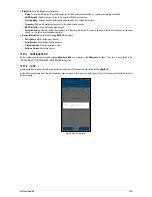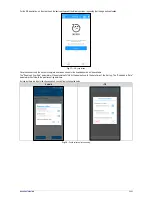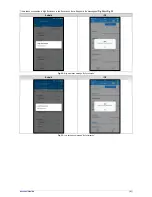
NOVUS AUTOMATION
21/57
•
Upper Alarm:
Allows you to enable and configure, for each channel, an upper alarm setpoint.
o
Hysteresis:
Allows you to configure a hysteresis for the upper alarm for each channel.
•
Offset:
Allows you to make small adjustments to the readings for each channel. The configured offset will be added to all readings performed on
the configured channel.
CUSTOM CALIBRATION
The
icon open the custom calibration screen, allowing adjustment of up to 10 measurement points for each channel. The minimum number of
adjustment points, when a custom calibration is configured, is 2 points.
NXperience
Fig. 05
– Custom Calibration
•
Measured:
Device read value for which a correction is desired. It can be obtained from the device by clicking on the “Read Channel” button or
manually filled in.
•
Desired:
Desired value for the device measured value. It must be filled manually.
•
Read Channel:
Makes it possible to obtain the values directly from the device during a Custom Calibration.
•
Add:
Inserts the Measured – Desired pair into the Custom Calibration table.
•
Modify:
Allows you to modify the Measured – Desired pair in the Custom Calibration table.
•
Organize
:
Allows you to sort the Custom Calibration table.
•
Delete
:
Allows you to delete the selected line from the Custom Calibration table.
•
Delete All
:
Allows you to clear the entire Custom Calibration table.
•
Apply:
Applies the custom calibration to the channel being configured.
•
Cancel:
Cancels the Custom Calibration operation.
10.3.3
DIGITAL CHANNEL PARAMETERS
PULSE COUNT MODE
NXperience
NXperience-BLE
Android
iOS
Fig. 06
– Pulse Count Mode
•
Tag:
Allows you to configure a 16-character name for the digital channel. This name will be used to identify the channel in a data download.
•
Input Mode:
Allows you to select the digital input mode. In this example, the selected mode must be Pulse Count.
•
Sensor Type:
Allows you to configure the sensor type to be connected to the digital input: PNP, NPN, or Dry Contact.
•
Counting Edge:
Allows you to configure the desired counting edge. This way, the device will increment counts each time the configured edge is
detected at the digital input. You can configure it to count on the Rising, Falling or Both edges.

